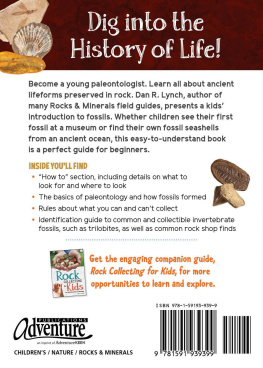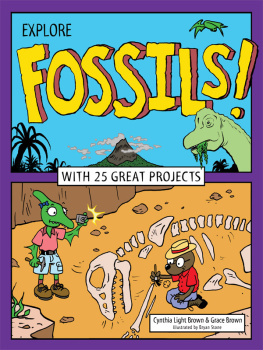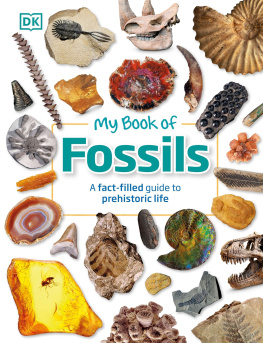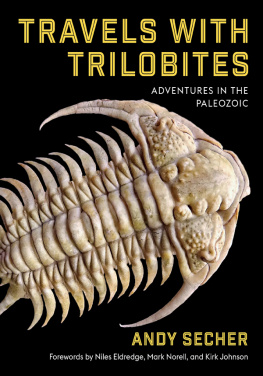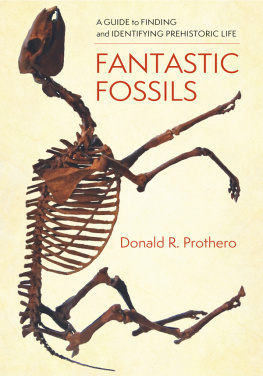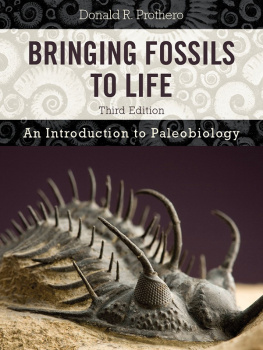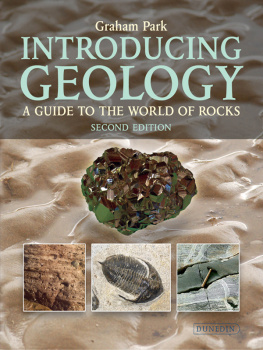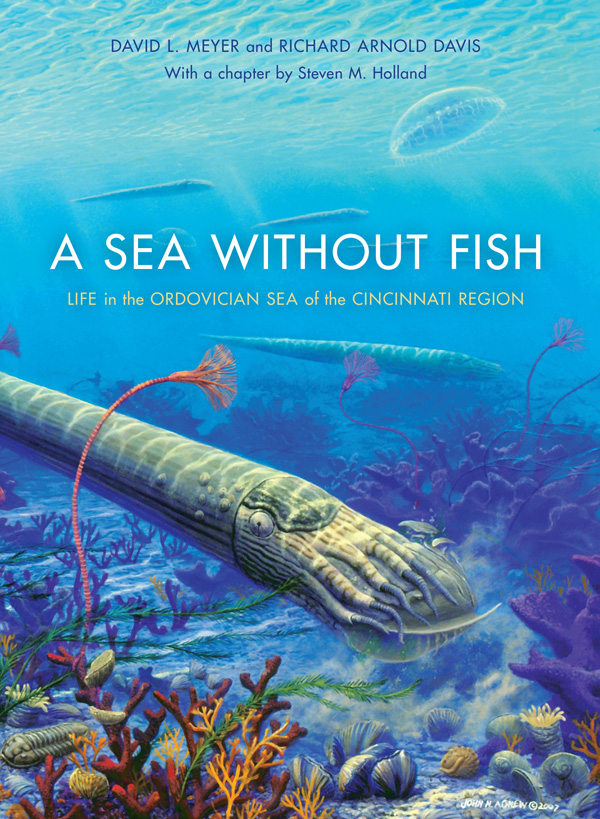A SEA WITHOUT FISH
Life of the Past
James O. Farlow, editor
A SEA WITHOUT FISH
LIFE IN THE ORDOVICIAN SEA
OF THE CINCINNATI REGION
David L. Meyer and Richard Arnold Davis
With a chapter by Steven M. Holland
Indiana University Press
Bloomington & Indianapolis
This book is a publication of
Indiana University Press
601 North Morton Street
Bloomington, IN 47404-3797 USA
http://iupress.indiana.edu
Telephone orders: 800-842-6796
Fax orders: 812-855-7931
Orders by e-mail:
2009 by Richard Arnold Davis and David Lachlan Meyer
Except chapter 15 2008 by Steven M. Holland
All rights reserved
No part of this book may be reproduced or utilized in any form or by any means, electronic or mechanical, including photocopying and recording, or by any information storage and retrieval system, without permission in writing from the publisher. The Association of American University Presses Resolution on Permissions constitutes the only exception to this prohibition.
The paper used in this publication meets the minimum requirements of American National Standard for Information SciencesPermanence of Paper for Printed Library Materials, ANSI Z39.48-1984.
Manufactured in the United States of America
Library of Congress Cataloging-in-Publication Data
Meyer, David L.
A sea without fish : life in the Ordovician sea of the Cincinnati region / David L. Meyer and Richard Arnold Davis ; with a chapter by Steven M. Holland.
p. cm. (Life of the past)
Includes bibliographical references and index.
ISBN 978-0-253-35198-2 (cloth : alk. paper) 1. PaleontologyOrdovician. 2. FossilsOhioCincinnati Region. I. Davis, R. A. (Richard Arnold), date-II. Title.
QE726.2.M49 2008
560.17310977178dc22
2008020036
1 2 3 4 5 14 13 12 11 10 09
The worldwide fame of the fossils and rocks of the Cincinnati, Ohio, region grew out of the labors of myriad amateur fossil collectors. The current embodiment of those folk is the Dry Dredgers, a group founded in Cincinnati in 1942 and, to this day, dedicated to collecting and understanding those fossils.
We dedicate this volume to the Dry Dredgers and to the host of fossil collectors they represent. Vos salutamus!
CONTENTS
PREFACE
Two principal goals motivated us to write this book. First, knowledge of the Earths ancient history from geology provides a powerful lesson about the ever-changing nature of the planet, and the ancient history of ones home region can be particularly meaningful. The present nature of the landscape in the Cincinnati region (southwestern Ohio, northern Kentucky, and southeastern Indiana) is the product of its most recent geologic history, the Pleistocene Ice Age, when continental ice sheets repeatedly forced their way as far south as the Ohio River. As recently as 20,000 years ago, much of southwestern Ohio was covered with an ice sheet much as Greenland is today. As the glaciers receded, melt waters carved the present valleys and left a mantle of debris that determined the topography, drainage, soils, and vegetation of the region. A magnificent Ice Age exhibit at the Cincinnati Museum Center enhances public awareness of the profound environmental changes that took place across the region in the short time span in which humans inhabited the ice-free land. Three works also provide a concise history of the environmental changes during the Ice Age: Richard H. Durrells A Recycled Landscape (1977), Richard Arnold Daviss Land Fit for a Queen: The Geology of Cincinnati (1981), and the recently published Natural History of the Cincinnati Region, by Stanley Hedeen (2006).
As impressive as the Ice Age history of the region is as evidence of geologic and climatic change, the story that can be told from the ancient bedrock underlying the Pleistocene cover extends the record of global change into deep time. The bedrock exposed at the surface across southwestern Ohio, northern Kentucky, and southeastern Indiana is the record of the Ordovician sea of some 450,000,000 years ago, one of the most extensive marine flooding intervals of the North American continent during Earth history. In stark contrast to the barren ice sheet of the Pleistocene, the Cincinnati seascape of the Ordovician was water from horizon to horizonnot a deep ocean blue, but perhaps shades of aquamarine like the waters over the present-day shallow Great Bahama Bank. No landmasses broke the horizon, and no birds crossed the skies. All the action was beneath the sea surface, where life thrived in abundance. This profusion of life left a fossil record in the rocks that formed from the bottom sediments of the Cincinnatian sea that is among the worlds richest treasure troves of the past. For present-day Cincinnatians, fossils in their backyards are a commonplace, and many natives grow up not realizing that most of the rest of the world has nothing to rival the fossil riches of their home! We seek to recount the history of the Cincinnati region in deep time, its vastly different environment and marine life, for the general public and for amateur geologists.
Many local residents who have been fascinated by the fossils underfoot collected and studied them almost since the earliest settlements of the eighteenth and nineteenth centuries. Generations of geologists and paleontologists from abroad have visited the region and written of the abundant fossils and the strata, including the pioneering British geologist Charles Lyell in 1842. Because the Cincinnati region has been a focus for geological research by so many scientists over so many years, there exists today a vast amount of information about the fossils and rocks of the region. This information is scattered in many sources, including the latest issues of some of the worlds leading international geological journals, Internet websites, and numerous types of publications, some widely available, some obscure. Much of the early work describing new species of Cincinnati fossils dates to the second half of the nineteenth century, and is found in periodicals no longer published, such as the Cincinnati Quarterly Journal of Science, The Paleontologist, and the Journal of the Cincinnati Society of Natural History. No single library houses all of the geological information published about the Cincinnati region. Moreover, most studies deal with only a small fraction of the total fossil richness of the region, and, most importantly for us, there has never been a synthesis of the vast range of fossil diversity and its geological context. In this book we present a synthesis that will reconstruct the life of the Ordovician sea in order to show not only what organisms inhabited this sea but also how they lived and interacted with each other to constitute the variety of ecosystems of the Ordovician sea in the Cincinnati region. The book is not intended as a textbook of geology or paleontology, but we present sufficient background information on each fossil group and the geological context for readers unfamiliar with fossils and geology. We explain what kind of animal each fossil represents and how it lived and interacted with other organisms, thereby defining the role of each group of animals in its ancient ecosystem. We hope that this approach will benefit readers with a background in geology as well as those seeking an introduction to the fossils and rocks of the Cincinnati region.
Conventions


